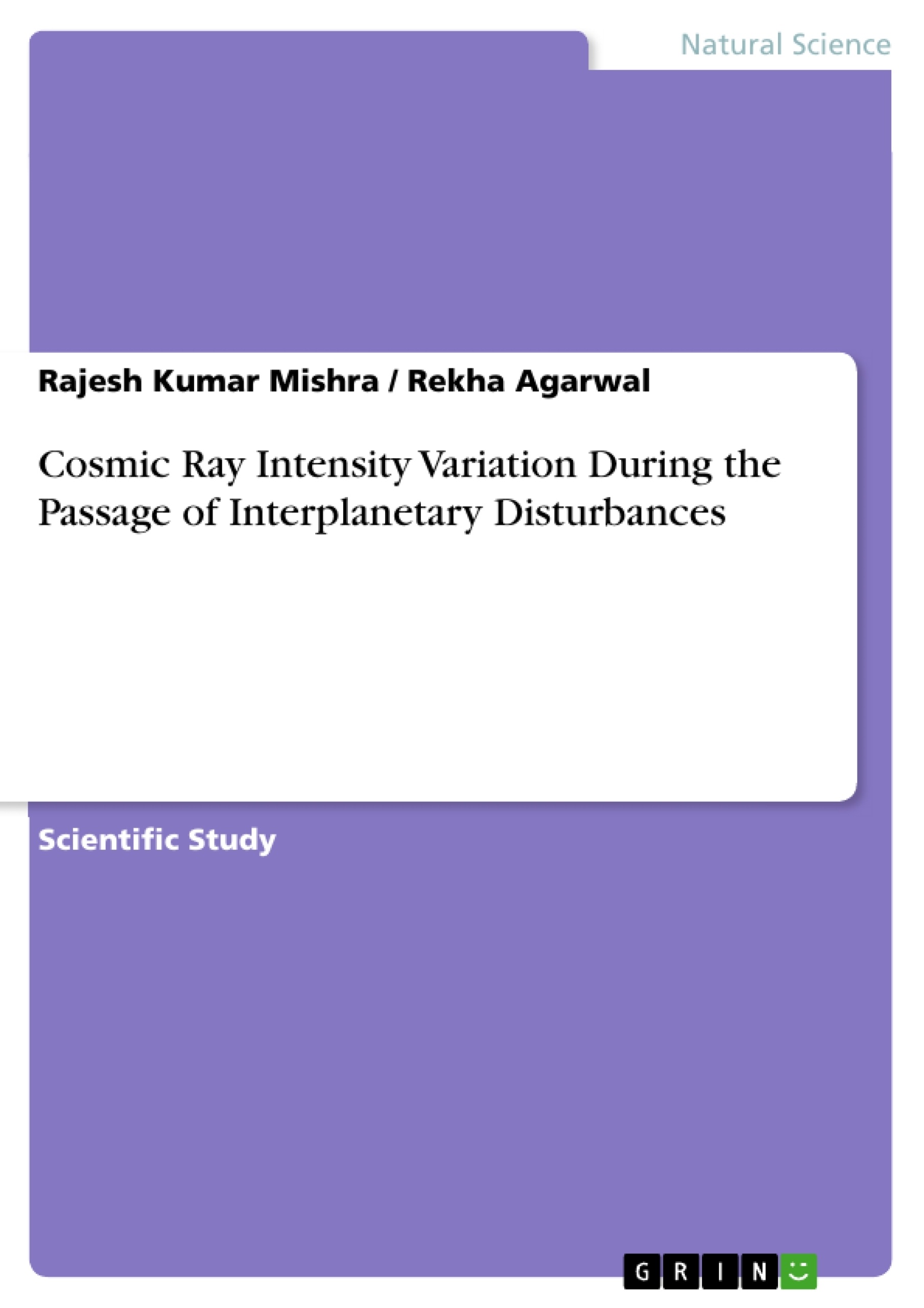An investigation has been made to study the cosmic-ray decreases occurring during 2006 with respect to the arrival times of interplanetary shocks and magnetic clouds. We have identified three interplanetary magnetic cloud events during 5 February 2006, 13 April 2006 and 14 April 2006. The interplanetary magnetic field (B), north-south component of interplanetary magnetic field (Bz), solar wind velocity, sunspot number (R) and disturbance storm time index (Dst) associated with these events has been studied in the present work. Data (neutron monitor count rate) from Newark Neutron Monitor 9NM64 has been used. The north-south component of IMF (Bz) produce large geomagnetic disturbance on the onset of interplanetary magnetic clouds. The deviations in the interplanetary and solar wind plasma parameters are significantly correlated to the magnetic cloud events. The increase in Dst index, sunspot number (R) and Bz after the magnetic cloud event produces increase in cosmic ray intensity.
- Quote paper
- Rajesh Kumar Mishra (Author), Rekha Agarwal (Author), 2024, Cosmic Ray Intensity Variation During the Passage of Interplanetary Disturbances, Munich, GRIN Verlag, https://www.grin.com/document/1443130
-

-

-

-
Upload your own papers! Earn money and win an iPhone X. -

-
Upload your own papers! Earn money and win an iPhone X. -

-
Upload your own papers! Earn money and win an iPhone X. -

-
Upload your own papers! Earn money and win an iPhone X. -

-
Upload your own papers! Earn money and win an iPhone X. -

-
Upload your own papers! Earn money and win an iPhone X.

